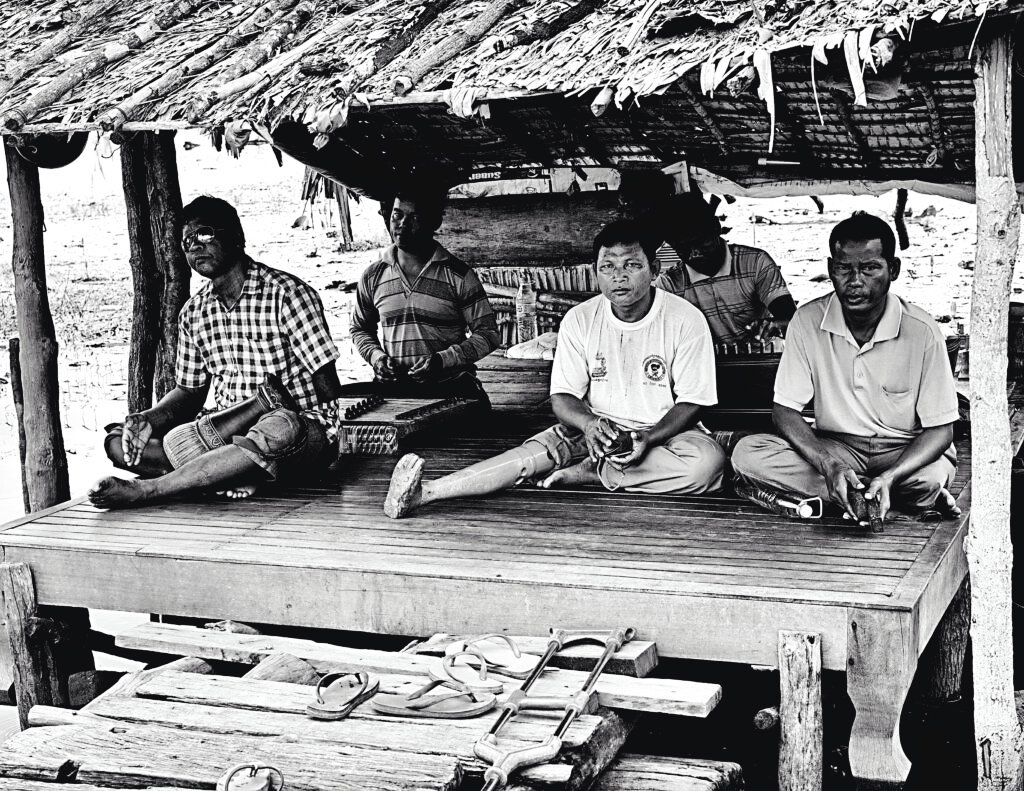
Cambodia has been deeply affected by landmines, remnants of decades of conflict and civil war. Landmines were laid extensively during the Khmer Rouge regime in the 1970s and throughout subsequent conflicts, including the civil war that followed the fall of the Khmer Rouge and the Vietnamese occupation of Cambodia.
As a result, Cambodia has one of the highest numbers of landmine and unexploded ordnance (UXO) casualties in the world. These deadly devices have caused devastating injuries and deaths, particularly in rural areas where agriculture is a primary livelihood. Victims of landmines and UXOs in Cambodia often suffer life-altering injuries, including loss of limbs, severe physical disabilities, and psychological trauma. The presence of landmines also hinders economic development and agricultural activities, as vast areas of land remain unusable due to the threat of explosives.
Efforts to address the issue of landmines in Cambodia have been ongoing for many years, with organizations such as the Cambodian Mine Action and Victim Assistance Authority (CMAA) and various international NGOs working to clear landmines, provide assistance to victims, and raise awareness about the dangers of landmines and UXOs. Despite progress in mine clearance efforts, the threat of landmines and UXOs continues to affect Cambodian communities, particularly those in rural and remote areas. The legacy of landmines in Cambodia underscores the importance of ongoing support for mine clearance, victim assistance, and education to prevent further casualties and promote the safety and well-being of affected populations.